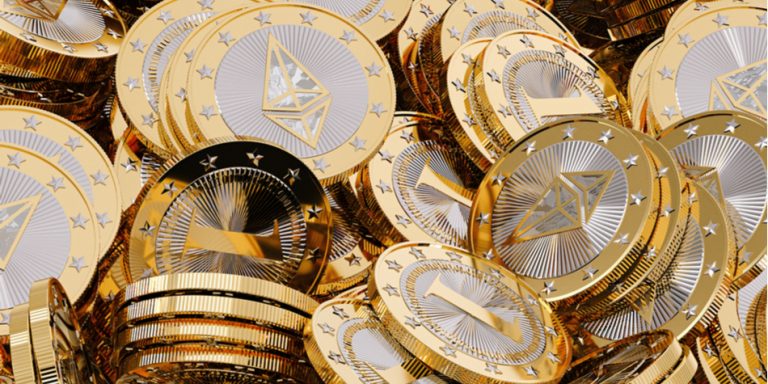While charts of bitcoin are showing at least a medium-term top, advocates of cryptocurrency have a new reason for excitement in the sudden rise of Ripple.
The reason is scaling.
Ripple was designed to have a stable price, to trade actively, and to be used as a currency in trades of other goods. While bitcoin is designed to have a maximum of 21 million coins, there are nearly 39 billion Ripple coins in existence and the Ripple Foundation has authorized 100 billion.
You don’t “mine” Ripple. It is designed for banks and payment providers to be a medium of exchange. Yet despite this, the value of a Ripple coin has risen more than 10-fold in less than a month.
Critics of bitcoin say the cryptocurrency isn’t real, because it’s an encryption key. Critics of Ripple say it isn’t a real cryptocurrency, because its blockchain is centralized and it isn’t mined.
Both sets of critics are correct.
Stronger Blockchains
Instead of offering a rare asset, Ripple offers a strong blockchain, one which can handle many transactions efficiently, the way a payment processor like American Express (NYSE:AXP) handles payments in dollars or pounds.
In fact, American Express announced in November it would route international payments for business customers through the Ripple blockchain. This may have been the triggering event for the current Ripple boom.
Observers of the cryptocurrency market have long complained that bitcoin’s blockchain doesn’t scale. An attempt to make it more scalable, a fork called SegWit2x, was rejected by bitcoin hoarders and miners last year. This initially set off a bitcoin price explosion. The coins were traded like diamonds, valuable for their rarity.
But now the market’s mood has gone in the other direction. People want cryptocurrency to be real because they see the power of blockchain to cut transaction costs. Since Ripple has a blockchain that can clear transactions in seconds and is supported by major banks, they have poured into Ripple.
As of Jan. 4, the Ripple market was worth over $142 billion, with coins worth $3.67 each. The bitcoin market was worth $251 billion, with coins worth about $15,000 each.
Bitcoin was 60% of the entire cryptocurrency market just a few months ago. It is now just 33% of the market, and the difference is Ripple.
The Trouble With Ripple
While all this is great for the “Ripple billionaires,” like Ripple co-founder Chris Larsen, who reportedly has over 5 billion XRP coins in his wallet, it’s not as good for the currency itself, or the banks using it as a payment medium.
That’s because a coin whose price is rising rapidly is creating deflation. A pizza that sold for 5 Ripple on New Year’s Eve, when XRP was worth $2 per coin, now costs less than 3 Ripple, with the coins worth $3.67 each. Instead of trading goods with Ripple, traders are holding Ripple to see what they can get for it later.
Ripple will settle into a price range at some point, and it’s then that things get exciting. That’s because Ripple, like bitcoin, is a global currency, meaning it has the same value in Venezuela as in Tokyo or New York. It can be used as a trading medium where local currencies have failed, and as a hedge against central banks flooding markets with yen or yuan or dollars to prop up their economies.
Instead of relying on governments to control the money supply, or small traders to control the money supply, Ripple will rely on big banks, working through a central foundation, to control the money supply.
This is supposed to be better.
Dana Blankenhorn is a financial and technology journalist. He is the author of a mystery novella involving bitcoin, The Reluctant Detective Saves the World, available now at the Amazon Kindle store. Write him at danablankenhorn@gmail.com or follow him on Twitter at @danablankenhorn. As of this writing, he owned no shares in companies mentioned in this story. To follow the value of cryptocurrencies bookmark https://coinmarketcap.com.

